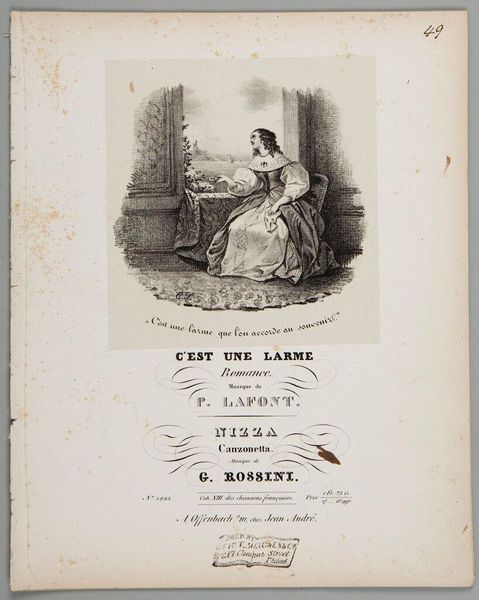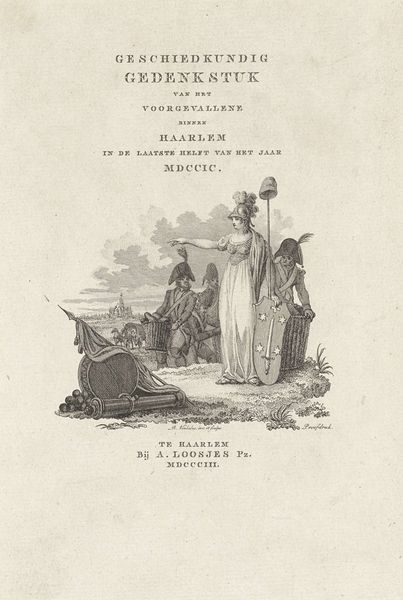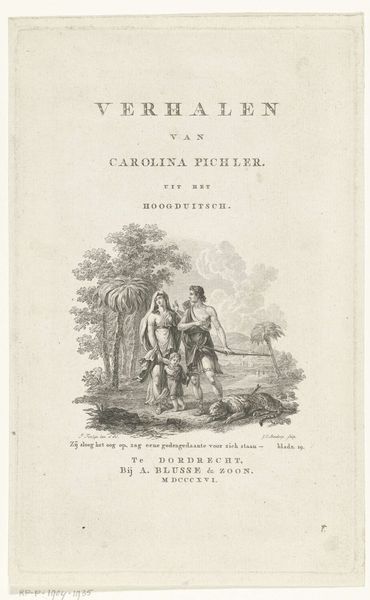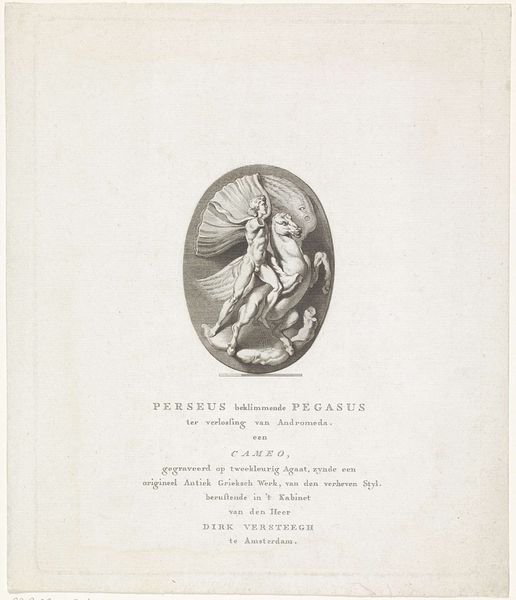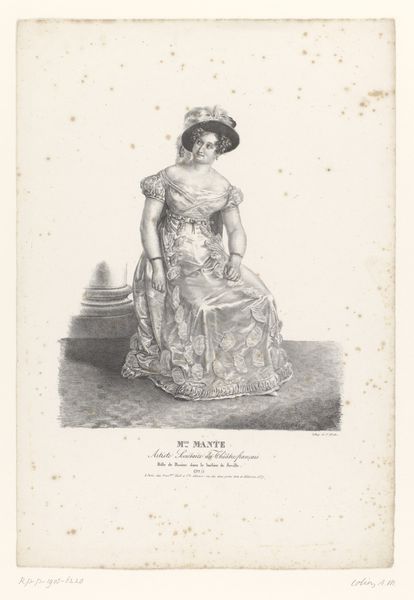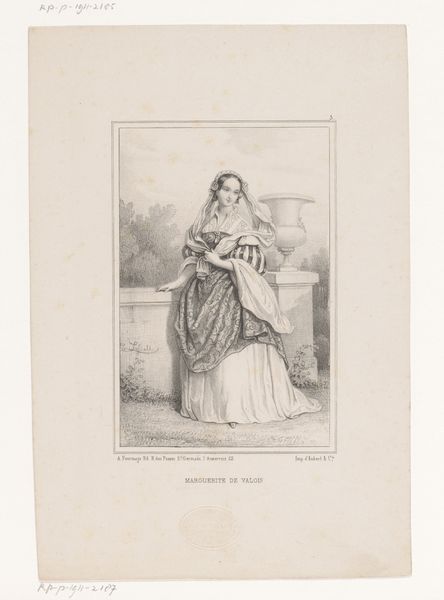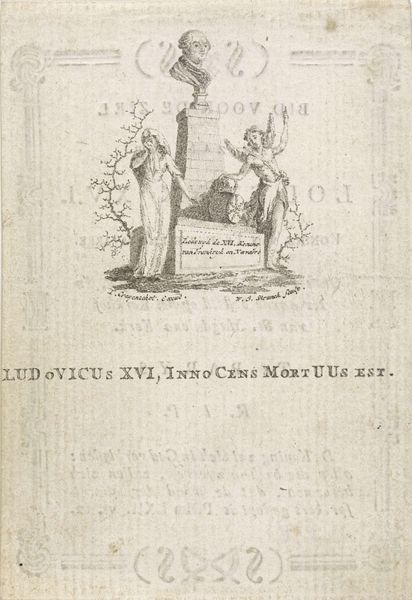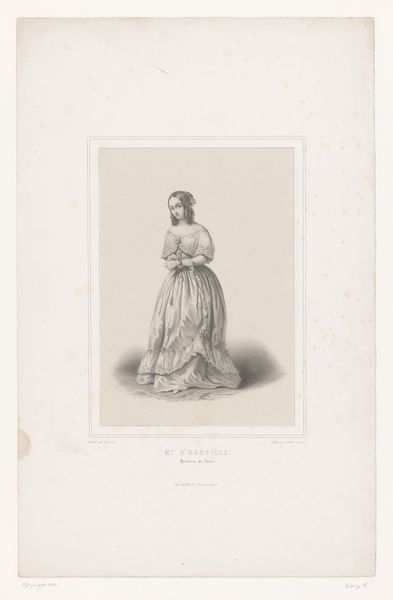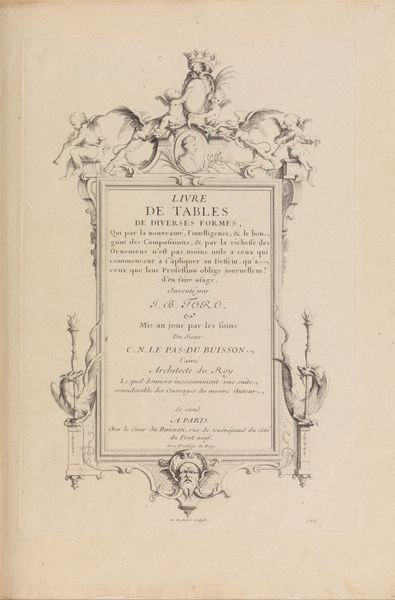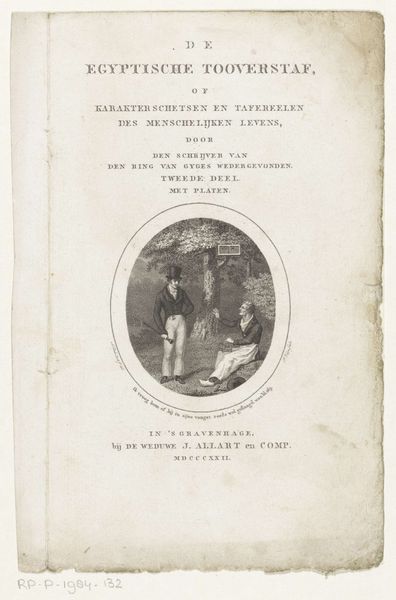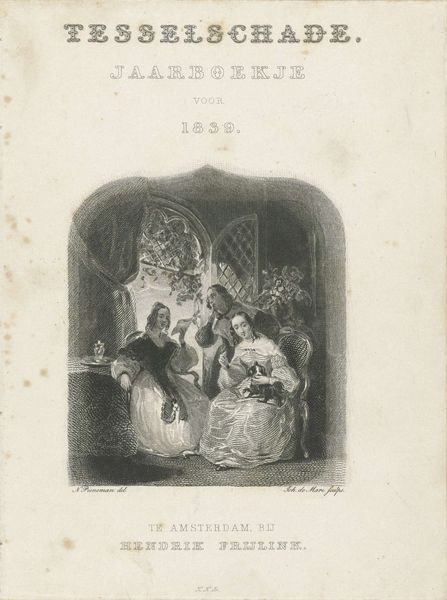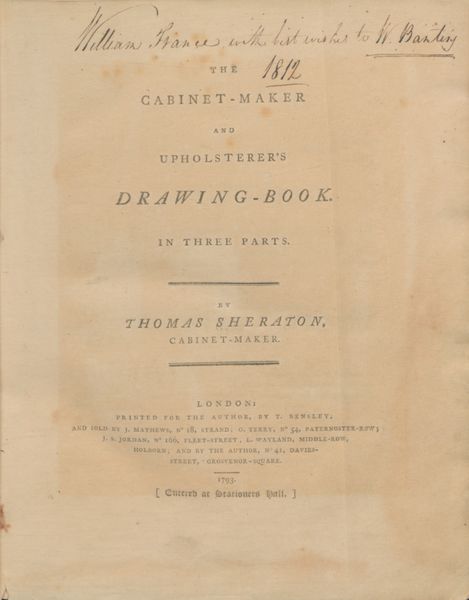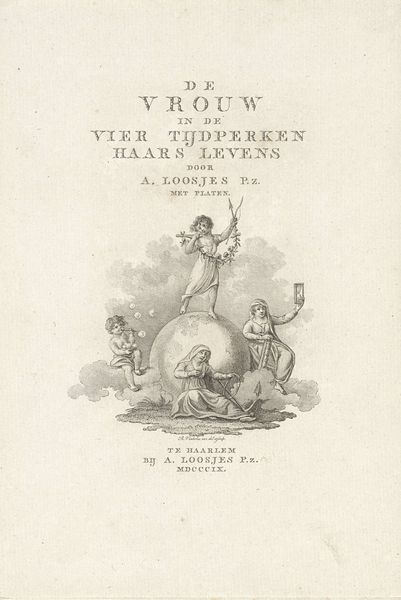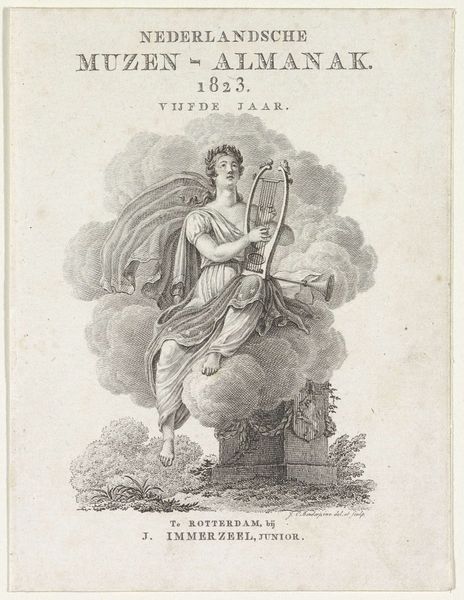
print, engraving
#
neoclacissism
#
allegory
# print
#
old engraving style
#
classical-realism
#
figuration
#
history-painting
#
engraving
Dimensions: height 224 mm, width 135 mm
Copyright: Rijks Museum: Open Domain
Curator: This print, "Minerva beschermt een jonge vrouw," from 1807, by Ludwig Gottlieb Portman. It’s an engraving and part of a larger book project, it seems. What are your first impressions? Editor: I notice that the print evokes a sense of classical restraint. It's monochromatic, with very clean lines. How would you interpret this work, considering it's a print? Curator: What’s most interesting to me is the printmaking process itself. Look at the labor involved, the skill needed to translate an image into a series of etched lines on a copper plate. We can really start to think about this not as simply an artwork in the traditional sense, but the product of skilled artisan work. Think about its dissemination; the materials available for making such prints. The quality of paper, inks, the actual press that printed the image… it was a reproduction to educate middle-class women, based on the lettering visible above the image in Dutch. What sort of audience were the makers aiming to attract through subject matter? Editor: So you're focusing less on the mythological narrative and more on the production? Curator: Exactly. It’s about decentering that 'high art' reading of allegorical imagery to instead focus on what it meant to produce and consume images like this in the 19th century. We consider class structures, technological developments, what images or narratives were deemed important. Consider who could afford engravings, or read this volume? Editor: I never really thought about the accessibility in terms of printmaking. I was really stuck on who the ladies in the picture were! This gives me a new way to think about this piece. Thank you! Curator: Precisely! Now we're seeing how material culture opens paths of inquiry beyond traditional art history.
Comments
No comments
Be the first to comment and join the conversation on the ultimate creative platform.
